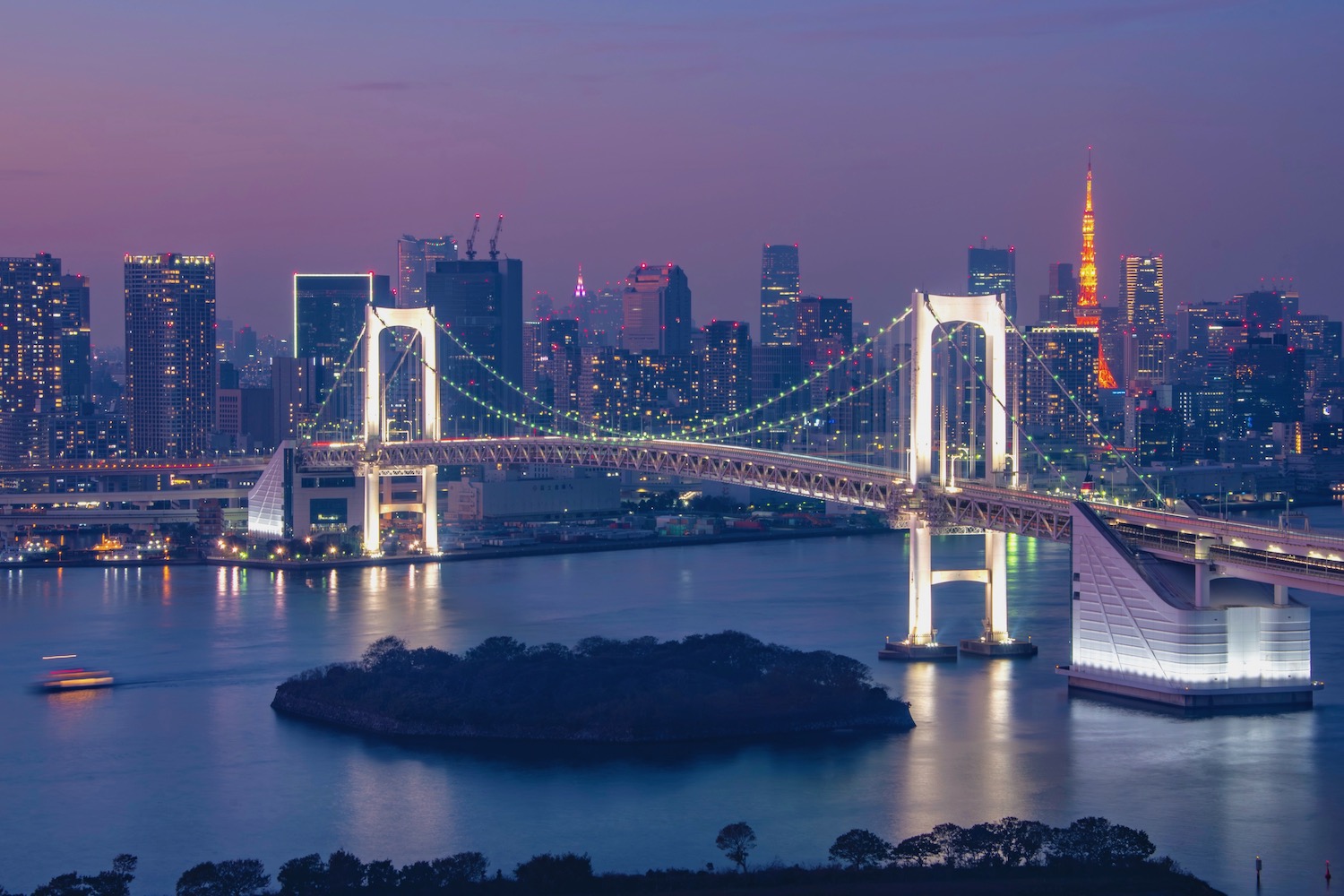Tokyo’s reputation as being the “largest city in the world” is problematic for a number of reasons, among them that it unnecessarily intimidates travelers. In particular, I find that many travelers have a hard time deciding which part of Tokyo will make the best base for them.
Broadly speaking, my solution to Tokyo-related anxiety is to think of Japan’s capital not so much as one big city, but as several smaller cities clustered together. This is also a helpful strategy when seeking out accommodation.
Indeed, when deciding where to stay in Tokyo, your task is as much about finding a neighborhood that you like as it is about choosing one that’s convenient for exploring. Thankfully, the advice I’m about to give you addresses both of these points (and many others).
Why Tokyo Intimidates Travelers
Before I dive into the specifics of the best place to stay in Tokyo, I want to explore the more general issue of Tokyo as a travel destination—namely, why so many travelers get overwhelmed by it. In my opinion, this is mostly due to lack of knowledge, both in terms of Tokyo’s urban geography, as well as with how East Asian cities differ from Western ones, both structurally and conceptually.
Tokyo, as is the case in Seoul or Taipei (as two prominent examples) doesn’t have a “downtown.” Or at least not one. Rather, there are many central districts (ku or 区 in Japanese), which may or may not overlap with the names of neighborhoods you know, and which each serve a slightly different purpose. When you understand what each district is known for, and how it fits into Tokyo’s subways and other transport networks, a lot of trepidation falls away.
The Best Place to Stay in Tokyo, for Every Type of Traveler
Shinjuku
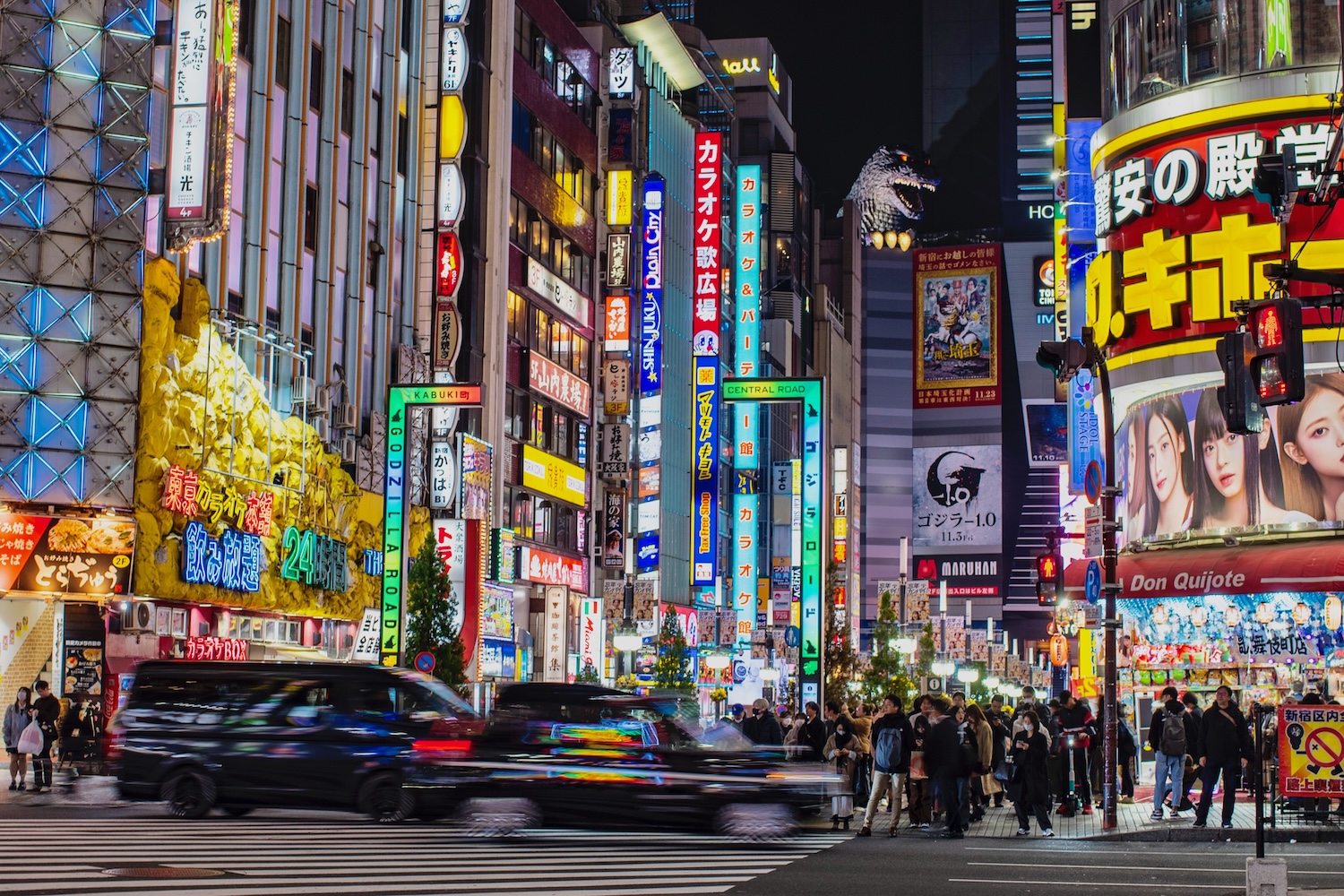
For the young (and young at heart). With its 24-hour vibe and variety of bars, Shinjuku is not the place to stay if you value quiet or a good night’s sleep. But whether because you actually want to drink all night, or because the neon signs and Godzilla statue are worth dealing with some noise, Shinjuku is iconically Tokyo. Some of my favorite Shinjuku hotels include Hotel Groove (a luxury property), Hotel Gracery (a mid-range hotel) and the budget-friendly Nishitetsu Inn.
Asakusa
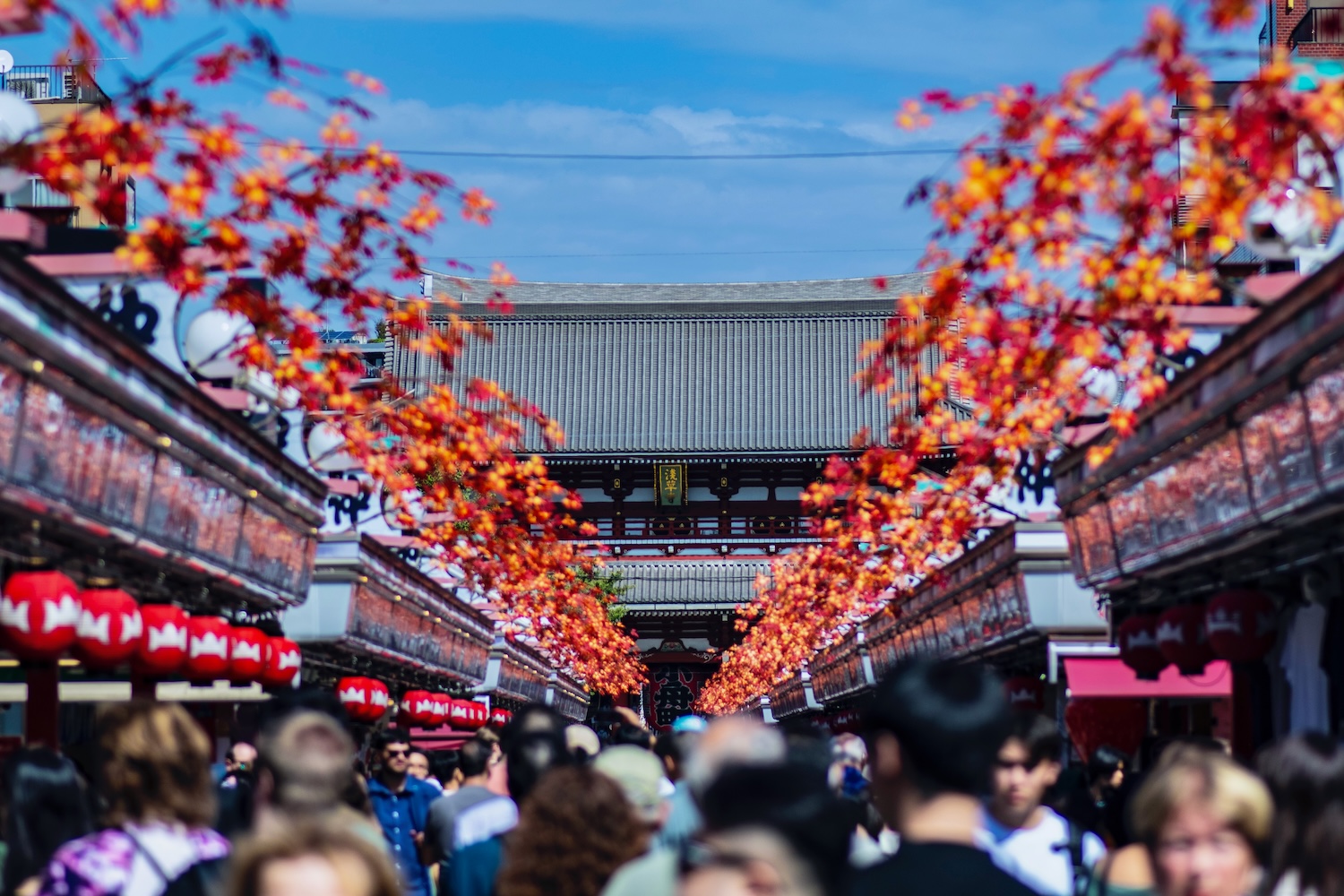
For those who can’t make it to Kyoto. Asakusa isn’t an obvious contender for best area of Tokyo, in part because its historical ambiance is so at odds with the images most people have of the capital. With that being said, I love exploring the streets around Senso-ji temple after night has fallen, as well as being able to walk to Tokyo Skytree. When in Asakusa, I love staying at the affordable Richmond Hotel, or at the pricier apartment-style Mimaru Suites.
Kanda-Otemachi
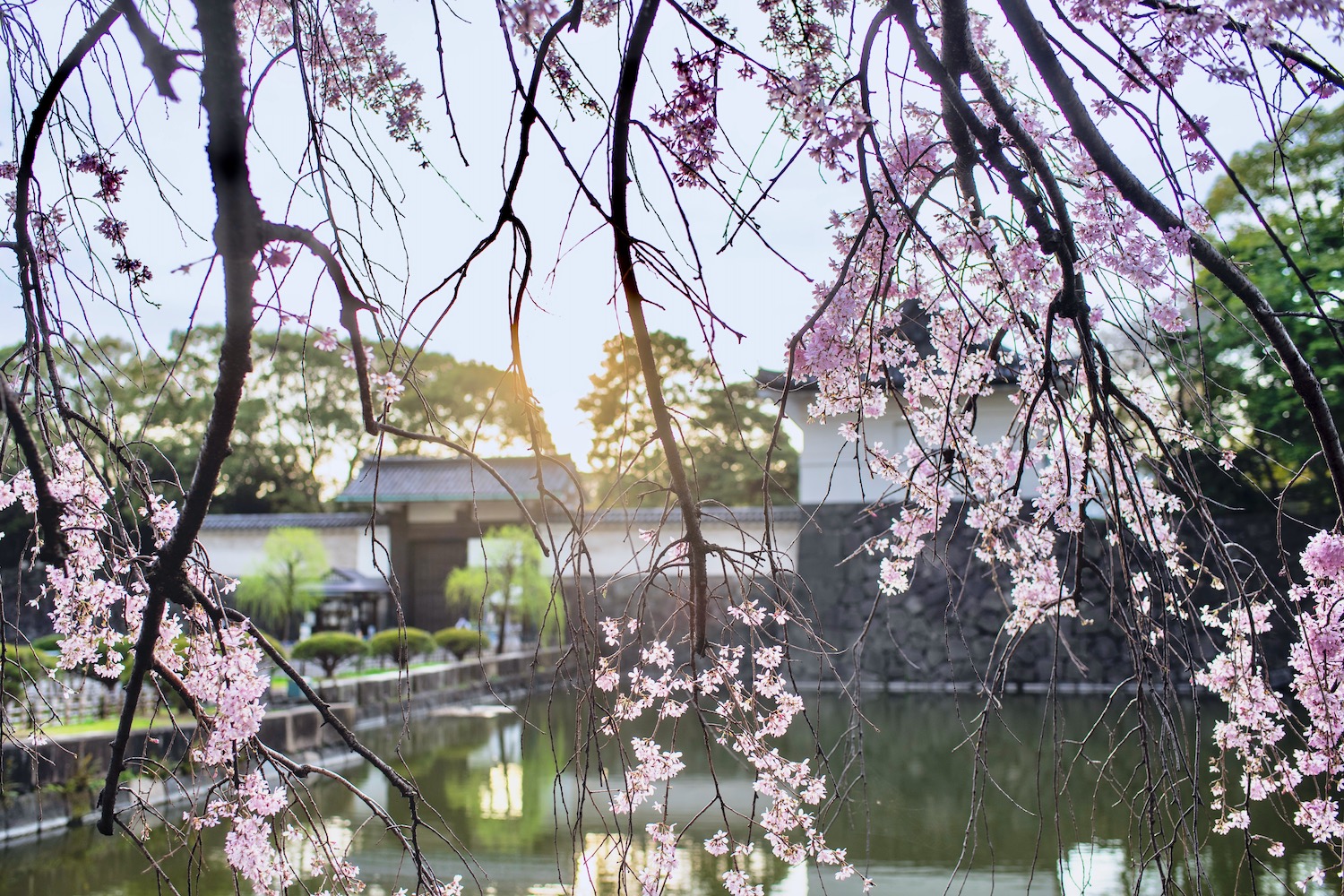
For the intrepid day-tripper. The quiet streets betwen Kanda Station to the east and Otemachi Station to the west are not the most obvious blocks to make your Tokyo home. But I love the fact that you can easily walk to Tokyo Station from here, which is perfect if you plan to take day trips; you can also walk to the Tokyo Imperial Palace. Travelers without a budget can splurge at Four Seasons Otemachi, while Hotel Villa Fontaine is a cheaper choice.
Akasaka
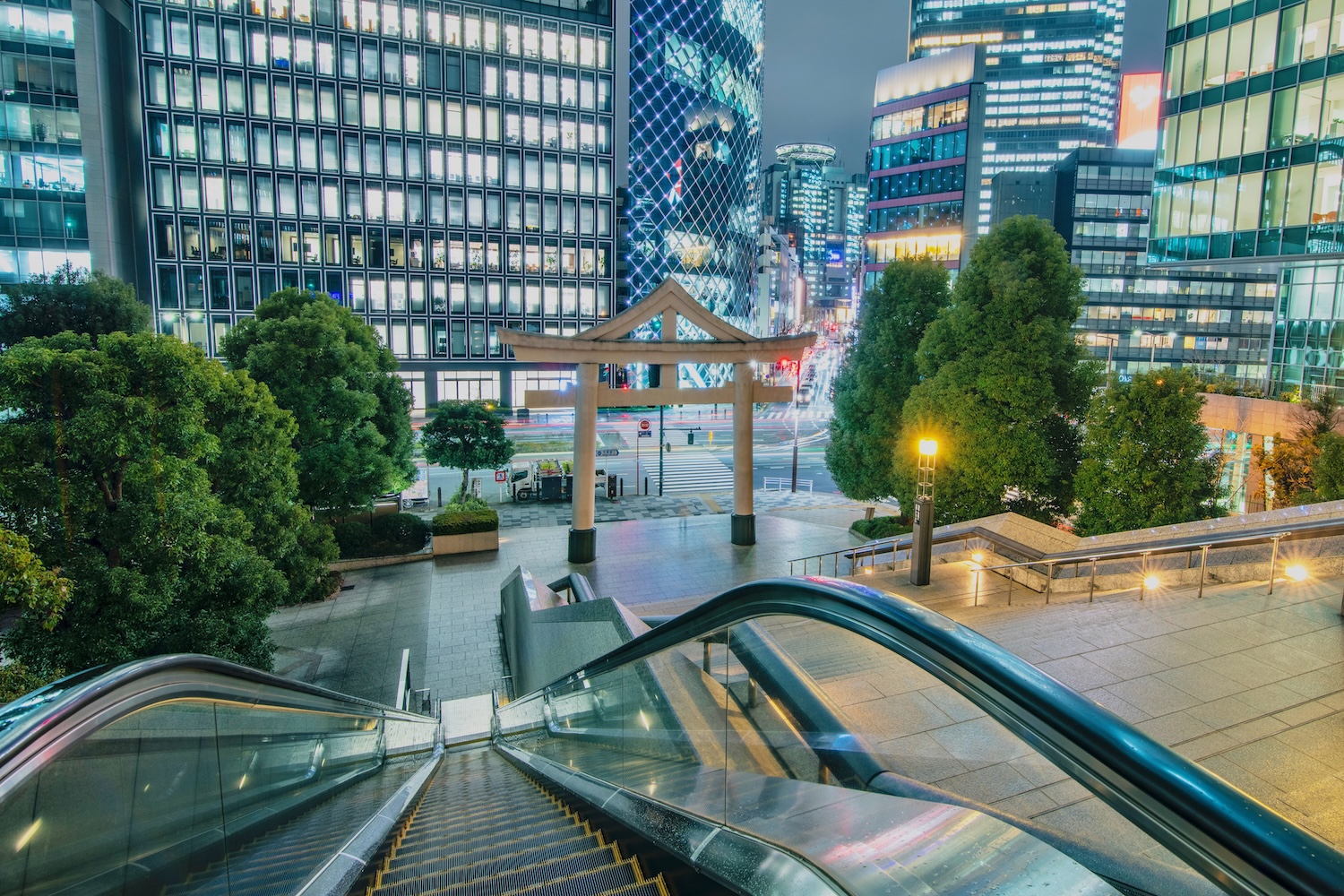
For the reluctant tourist. In my opinion, Akasaka is the best area to stay in Tokyo if you want to be in the city center, but don’t necessarily have any interest in being close to typical tourist attractions (but want to allow for easy travel to them—Akasaka-Mitsuke Station is a great jumping-off point). If you include nearby Aoyama in the discussion, the appeals to all sorts of travelers, whether you choose the opulent Hotel Allamanda Aoyama, or the lower-end Hotel Hillarys Akasaka.
Ginza
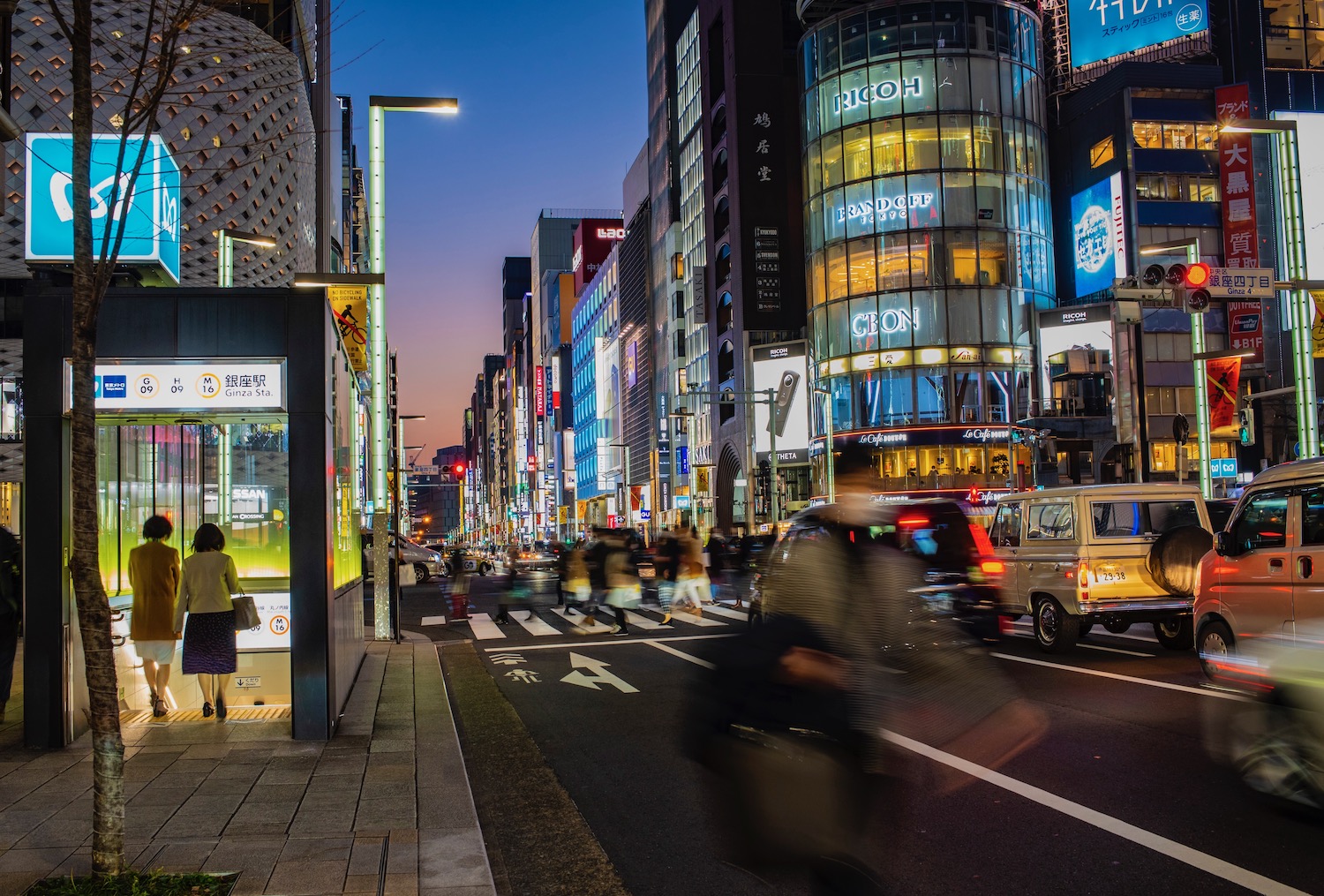
For the traveler who wants to have it all. If you want to reach a happy medium between the craziness of Shinjuku and the calm of Asakusa, but enjoy the convenience of Kanda and the calm confidence of Akasaka, Ginza is the place for you. This is true even if you aren’t very into the shopping it’s famous for—walk to Tsukiji Outer Market, or see kabuki at the Kabuki-za theater! Stay five-star at Hotel the Celestine or The Edition, or save cash on a stay at Sotetsu Fresa Inn.
Other Places to Stay in Tokyo (and Their Pros/Cons)
The five parts of Tokyo I mentioned above are both the best Tokyo areas and the ones I prefer for myself and my clients, but they aren’t the only option. Here are some others:
- Ueno: Not far from Asakusa, this busy commercial district is less historical and charming than is northeastern Tokyo neighbor, but is much more convenient, with Shinkansen access and a direct train to Narita Airport.
- Shibuya: In spite of being one of the most popular areas of Tokyo, Shibuya is not my favorite place to stay, due to a relative lack of hotels, as well as the ongoing construction of Shibuya Station.
- Roppongi: As is the case with Shibuya, I’m not a huge fan of staying immediately around Roppongi Station. However, heading further south into Azabu-juban, the commercial atmosphere fades for something more homey.
- Near Tokyo’s airports: Unless you have an extremely early flight, there’s no real sense in staying near Haneda or Narita Airports, although some travelers may enjoy explore the Ota district near Haneda.
- Outlying Tokyo: Whether up north in the Adachi or Arakawa districts, or to the far west in the foothills of Mt. Takao, some travelers enjoy the larger accommodation and less hectic feeling of Tokyo’s non-central areas.
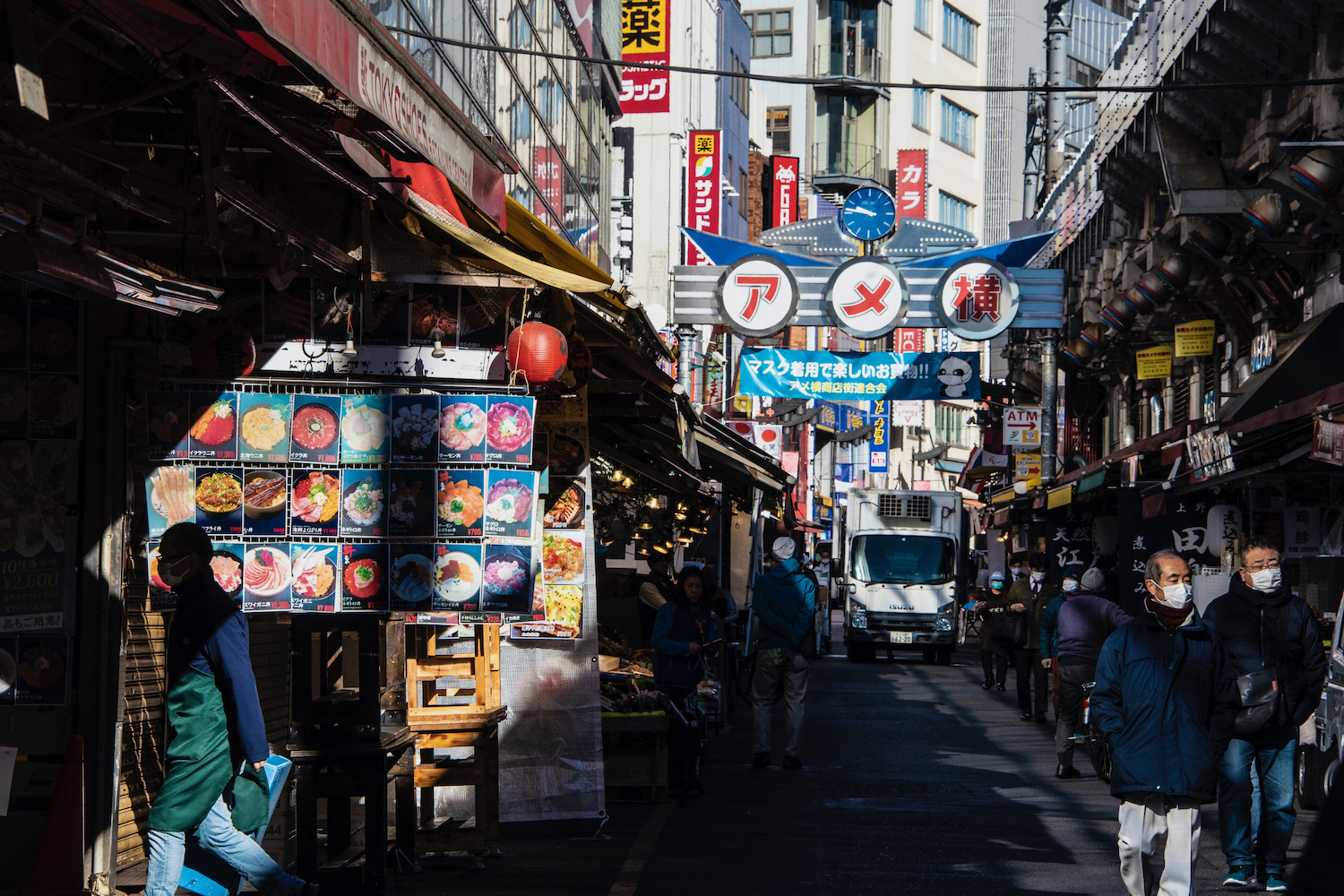
Other FAQ About Where to Stay in Tokyo
What is the best part of Tokyo to stay in?
For some travelers, the youthful energy and all-night vibe of neighborhoods like Shinjuku and Shibuya makes these the best part of Tokyo to stay in. Other travelers prefer the central convenience of areas like Akasaka and Ginza, or the past-meets-future ambiance on offer in historical Asakusa.
Which part of Tokyo has the best hotels?
In my opinion, the Ginza neighborhood has the highest selection of quality hotels at all price points, not to mention the most convenience to Tokyo’s public transportation system. On the budget side, I also like the area around Kanda Station; if you’re a higher end traveler, you’ll find many options in the Aoyama and Akasaka areas.
What is the most convenient area of Tokyo?
In some sense, anywhere in Tokyo near a major train station will be convenient. However, I particularly like areas that have access to both the JR Yamanote Line and one or both of Tokyo’s subway systems, such as Ginza, Shibuya and Shinjuku. The Ueno, Tokyo and Shinagawa Station areas are even more convenient, since they also have Shinkansen service.
The Bottom Line
Stumped about where to stay in Tokyo? Well, I hope you have a bit more clarity now. When finding Tokyo hotels for my private clients, I start with two main objectives: First, an area the traveler would enjoy calling home for a few days; and second, one whose location and connectivity best aligns with their sightseeing objectives in the capital. Once I’ve decided which area of Tokyo will make the best base for a given traveler, finding a hotel is as simple as setting a budget and doing an availability search. Want to avail my expertise and years of experience in planning your own trip to Japan? Consider commissioning a custom Japan itinerary!



